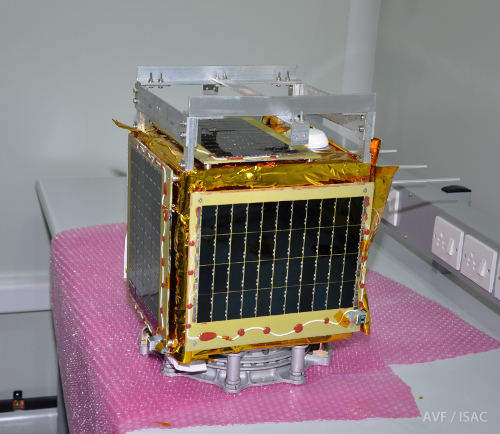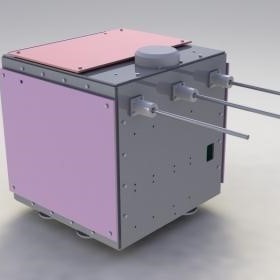
'Pratham' was the first satellite under IIT Bombay Student Satellite Program. The plan was to build a fully functional microsatellite which would then be launched by the Indian Space Research Organisation (ISRO). This was entirely a student initiative with mentorship provided by ISRO scientists and IIT Bombay Faculty. The satellite was able to fit in a 30.5cm X 33.5cm X 46.6cm cube and weighed 10.15kg. excluding FE Ring.

